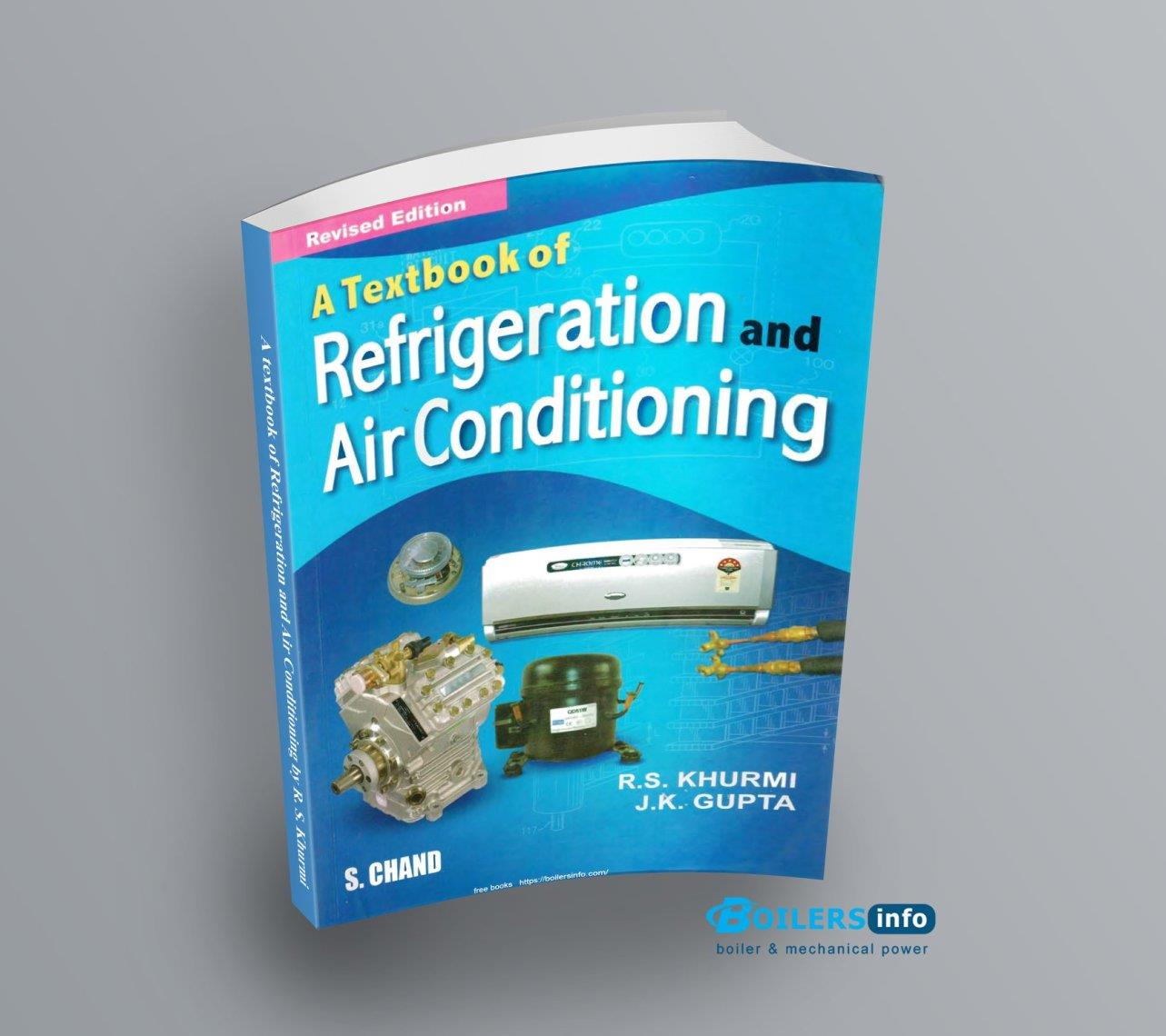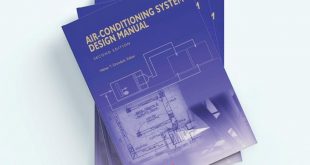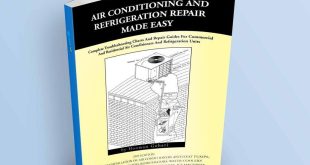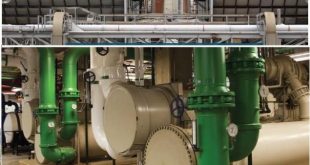Introduction Refrigeration and air conditioning (RAC) play a crucial role in modern-day comfort, industrial processes, and food preservation. A textbook on this subject provides a comprehensive understanding of the principles, design, operation, and maintenance of refrigeration and air conditioning systems.

Fundamentals of Refrigeration Refrigeration is the process of removing heat from a space or substance to lower its temperature. The fundamental principles of refrigeration rely on the laws of thermodynamics and heat transfer. The most common refrigeration cycle is the vapor-compression cycle, which includes the following components:
- Compressor: Increases the pressure and temperature of the refrigerant gas.
- Condenser: Rejects heat to the surroundings and condenses the refrigerant into a liquid.
- Expansion Valve: Reduces the pressure of the refrigerant, allowing it to cool rapidly.
- Evaporator: Absorbs heat from the surroundings, causing the refrigerant to evaporate and complete the cycle.
Other refrigeration methods include absorption refrigeration, thermoelectric cooling, and cryogenic refrigeration.
Air Conditioning Systems Air conditioning involves controlling temperature, humidity, and air quality to provide a comfortable indoor environment. The major types of air conditioning systems include:
- Window Air Conditioners: Compact units suitable for single rooms.
- Split Air Conditioning Systems: Consist of indoor and outdoor units, commonly used in homes and offices.
- Central Air Conditioning: Used for large buildings and industrial applications, distributing cooled air through ductwork.
- Chilled Water Systems: Used in large commercial buildings, where water is cooled and circulated to air-handling units.
Refrigerants and Their Environmental Impact Refrigerants are substances used in refrigeration cycles to absorb and release heat. Historically, chlorofluorocarbons (CFCs) and hydrochlorofluorocarbons (HCFCs) were widely used but have been phased out due to their ozone-depleting properties. Modern alternatives include hydrofluorocarbons (HFCs), natural refrigerants like ammonia (NH3) and carbon dioxide (CO2), and hydrofluoroolefins (HFOs) with low global warming potential (GWP).
Energy Efficiency and Sustainability With increasing energy concerns, improving the efficiency of refrigeration and air conditioning systems is vital. Key strategies include:
- Use of Inverter Technology: Variable speed compressors adjust cooling capacity to match demand, reducing energy consumption.
- Regular Maintenance: Cleaning filters, checking refrigerant levels, and ensuring proper insulation help optimize performance.
- Renewable Energy Integration: Solar-powered air conditioning and geothermal cooling are emerging as sustainable alternatives.
Applications of Refrigeration and Air Conditioning Refrigeration and air conditioning are widely used in various sectors:
- Residential and Commercial Buildings: For thermal comfort.
- Food Industry: Cold storage, transportation, and preservation.
- Medical Field: Preservation of vaccines, blood, and laboratory specimens.
- Industrial Processes: Chemical manufacturing, power plants, and electronic cooling.
Conclusion and book download A textbook on refrigeration and air conditioning provides essential knowledge for students, engineers, and technicians. Understanding the principles, advancements, and environmental considerations of RAC systems ensures their efficient and sustainable use in modern society 01D.
 Boilersinfo Boiler and Mechanical Power Digital Library
Boilersinfo Boiler and Mechanical Power Digital Library





